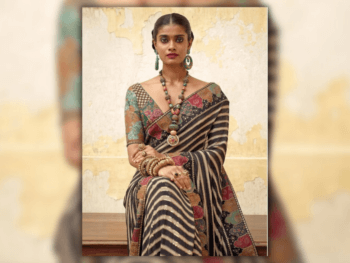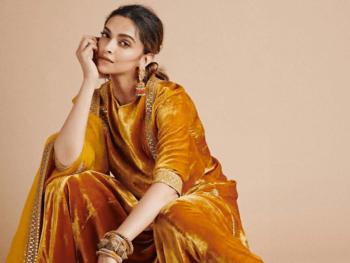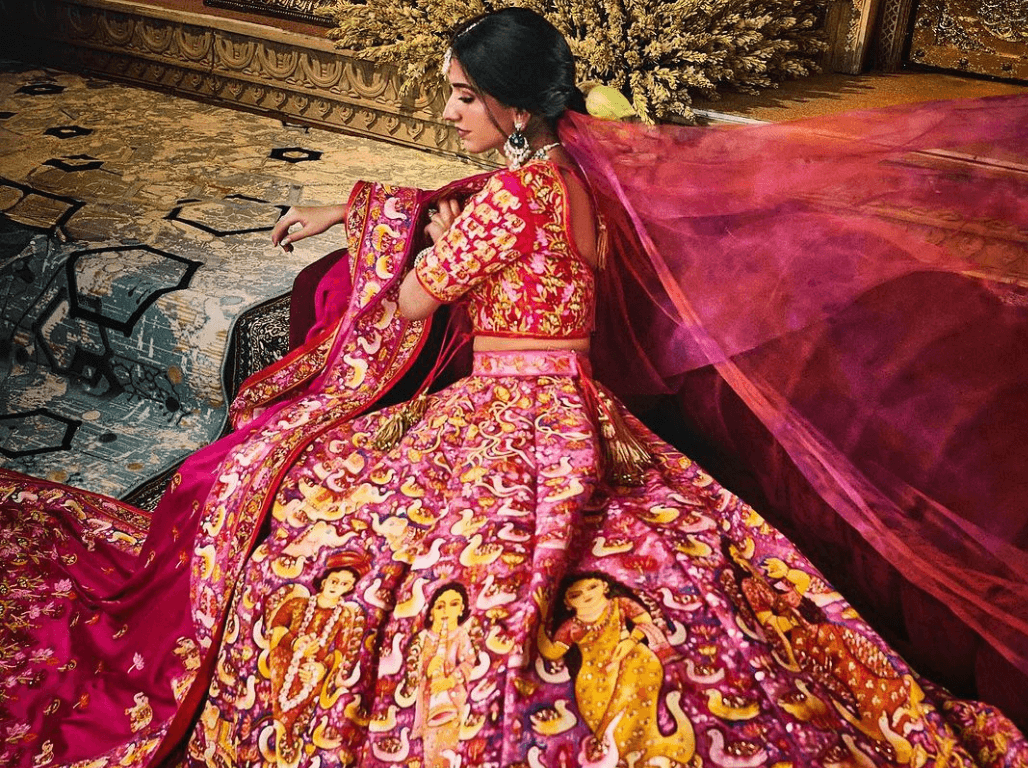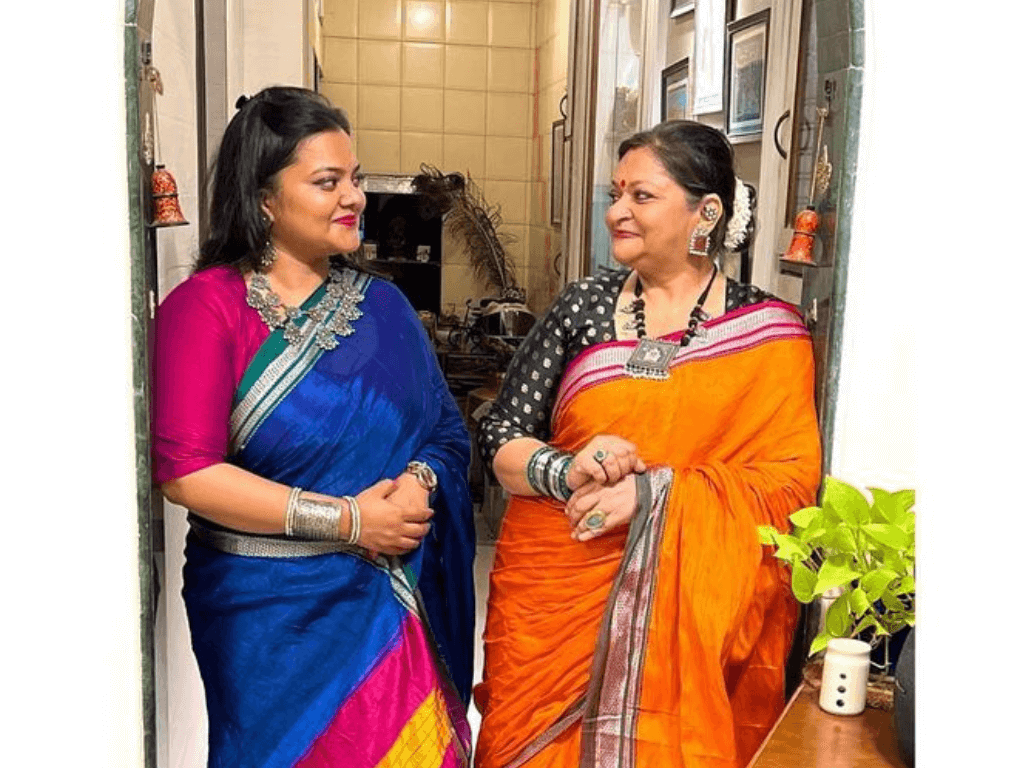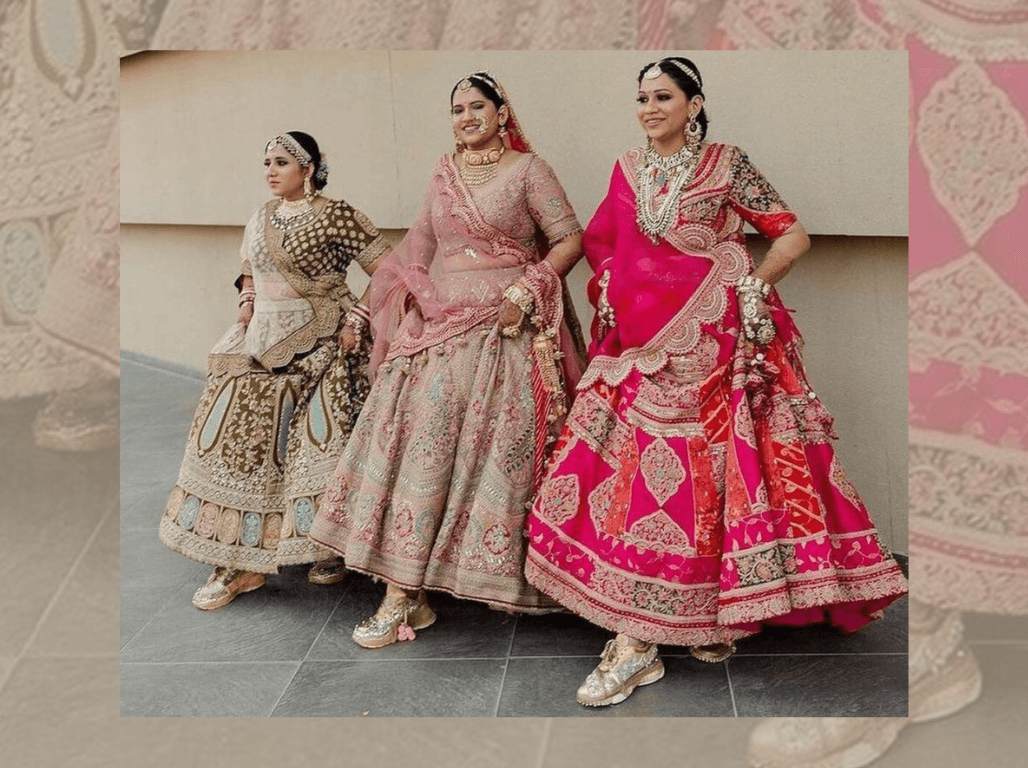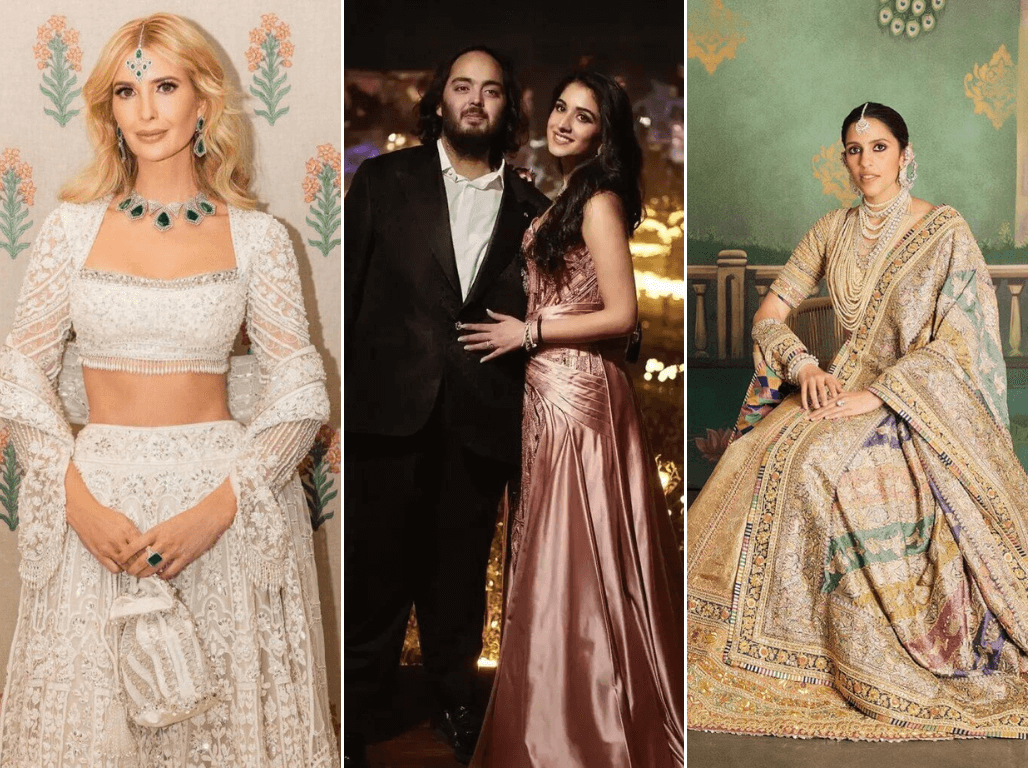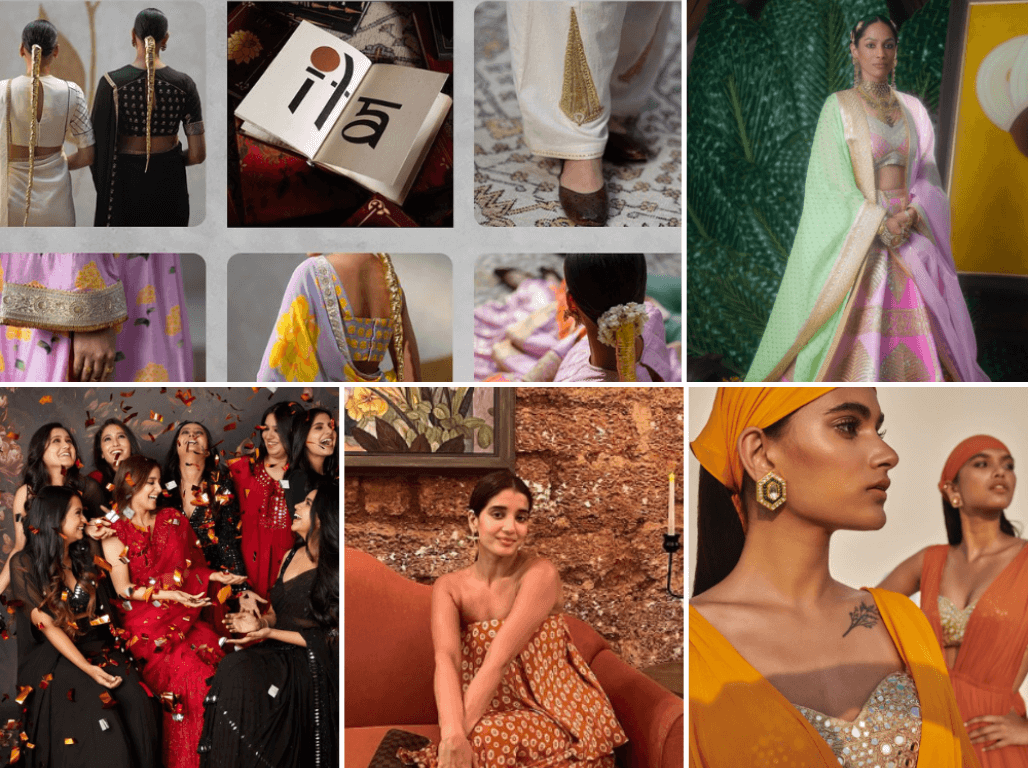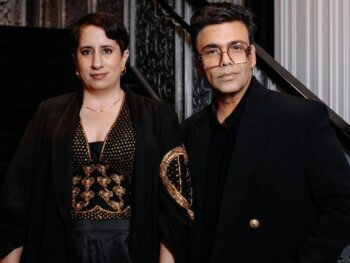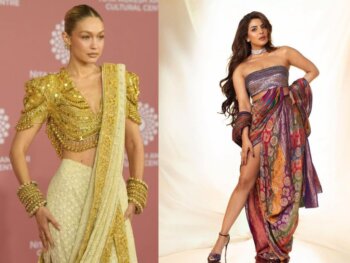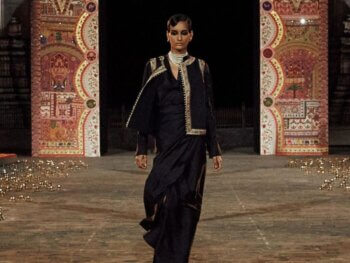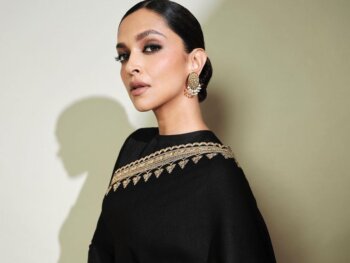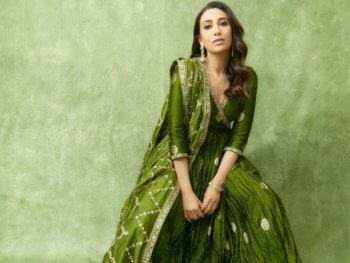When I think of celebrating women’s history, I think about the sari. Sari’s are deeply embedded into the fabric of South Asian society and culture, representing thousands of years of tradition, forms of expression, pride, respect, marital status, femininity, and more. Over the years, attitudes toward the sari weren’t always positive, as it was seen as something for the more ‘cultured’ woman to wear. That said, while the history of the sari is so important to understand, the narrative is changing. Explore how we are seeing a renewed and refreshed celebration of the sari by Gen Z, and experiencing how powerful it can be as a symbol of South Asian identity.
The history of the sari
The Sari (or saree) is worn by women in dates back to the Indus Valley civilization, “which came into being during 2800–1800 BC in north west India,” according to Times of India. Explained simply, the sari is essentially a lengthy “strip of unstitched cloth, ranging from four to nine meters in length, which can be draped in various styles,” notes New World Encyclopedia. Sari’s were made of either cotton (for every day use) or silk (for special occasions), and were often handwoven, using different coloured styles of embroidery to add accents. However, they were later made of artificial materials after the British introduced the era of industrialization, reports Times of India. Today, many sari’s are mechanically constructed, but handcrafted items are still created for more significant celebrations, such as weddings, explains New World Encyclopedia.
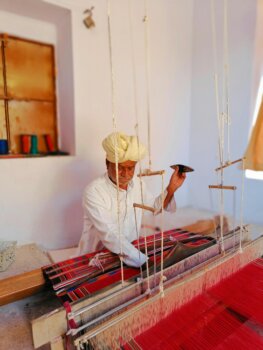
Over the years, sari’s have been worn or draped in a variety of ways that are representative of regional traditions and the adaption of styles. That said, the most popular way to wear your sari (even today) was using the ‘Nivi’ drape, which is when “the sari [is] wrapped around the waist, with one end then draped over the shoulder baring the midriff,” highlights New World Encyclopedia. Showing off your midriff has significant meaning according to the New World Encyclopedia, as it is an “ancient Indian tradition and the Natya Shastra (an ancient Indian treatise describing ancient dance and costumes), [describes that] the navel of the Supreme Being is considered to be the source of life and creativity, hence the midriff is to be left bare by the saree.”
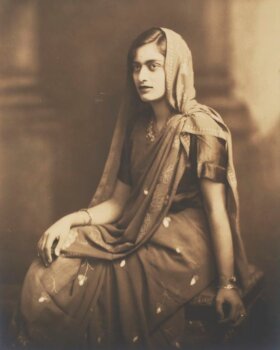
In addition to the incredible origins of the sari, the garment is wrapped up almost as many meanings as there are ways to drape a sari. “The sari became the dress of “cultured” south Asian women. The idea that a sari-wearing woman is more modest, delicate and respectful became widespread. [In fact,] there is certainly a correlation between wearing a sari and “feminine” beauty. “Women would transition to wearing a sari after their marriage, and the garment was a symbol of their femininity,” describes BBC.
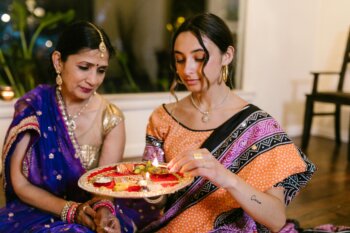
Enter Gen Z
The sari has gotten some grief over the years, as BBC explains that many people feel the sari is the “…embodiment of traditional, conventional and ‘feminine’ beauty.” This type of woman would be expected to carry out certain tasks within the household. There was also the idea that the sari was not realistic to wear when out and about, such as when commuting. However, times have certainly changed, and what’s considered traditional or beautiful today may not necessarily jive with ideologies of the past.
As a result, there has been a shift away from wearing sari’s every day, keeping them in the closet for only special occasions. But, Gen Z isn’t about that life. I really admire this generation as they have a unique way of being completely and authentically themselves with their unique twist.
For example, “in recent years, designers, artists and influencers have been challenging the traditional feminine ideals attached to the garment. Designers and stylists are moving away from conventional sari draping; they wrap it around jeans instead of the petticoat, and wear it over a t-shirt instead of the tailored blouse,” notes BBC. These adaptations are helping to break down the stereotypes of who should wear a sari, how it should be worn, and when. Instead, many are embracing donning the sari for daily wear.

In addition, people of all shapes, sizes, and colours are being encouraged to wear saris, whereas in the past this wasn’t necessarily the case. In this sense, not only are young people challenging the negative connotations associated with saris, they are rewriting the narrative by celebrating an important part of Indian culture and making it more accessible.
Of course, we cannot talk about Gen Z without touching on social media. BBC highlights that “Social media platforms like TikTok and Instagram have helped…to popularise the idea that women can do anything while wearing a sari. When dancer Eshna Kutty, 24, posted her #sareeflow video, spinning a hula hoop to the Bollywood song, Genda Phool, it went viral; the video received more than two million views.”
Not only is it exciting to see the sari being embraced, but everyone is doing it in their own unique and proud way. It’s beautiful to see everyone’s expressions of themselves and that thousands of years of history is being kept alive.
Main Image Photo Credit: www.pexels.com
Devika Goberdhan | Features Editor - Fashion
Author
Devika (@goberdhan.devika) is an MA graduate who specialized in Political Science at York University. Her passion and research throughout her graduate studies pushed her to learn about and unpack hot button issues. Thus, since starting at ANOKHI in 2016, she has written extensively about many challe...
























































